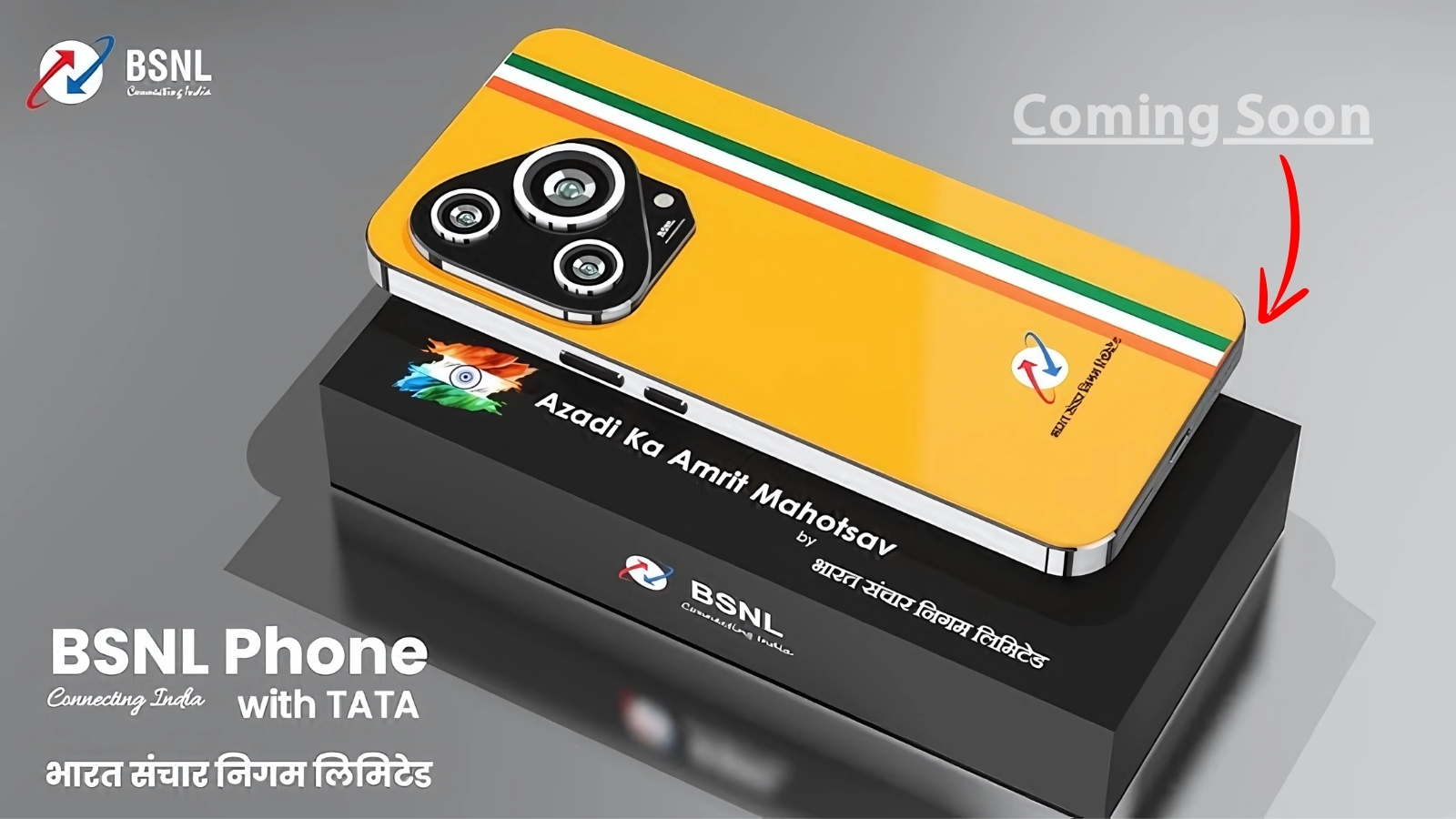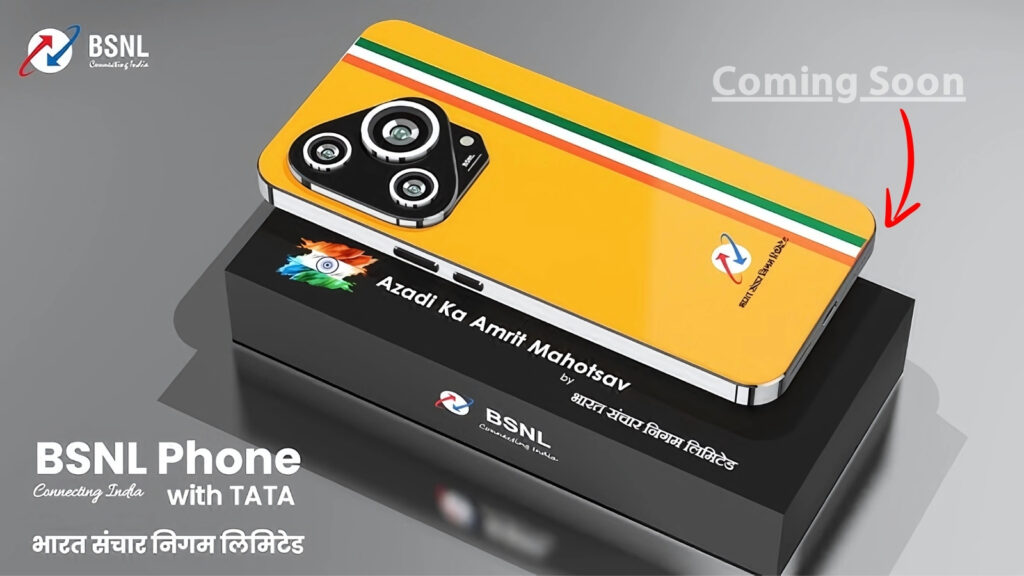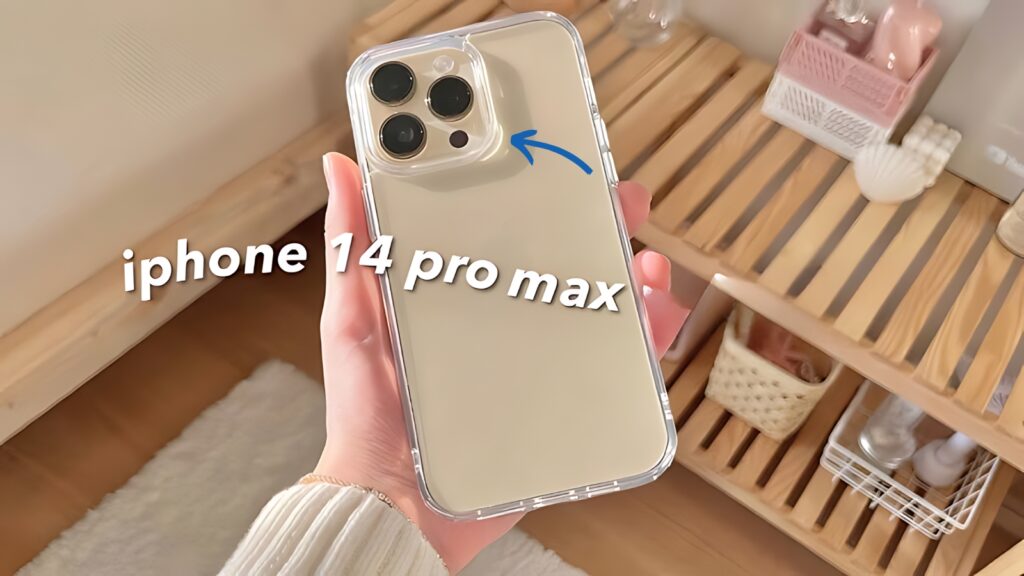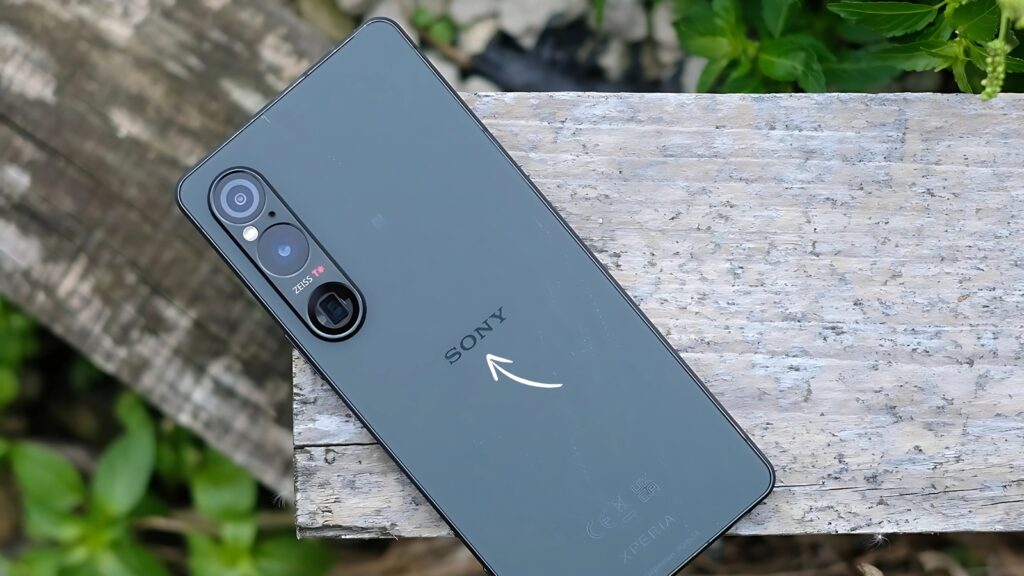BSNL 5G Smartphone : The corridors of BSNL headquarters in New Delhi buzzed with unusual activity last week. Sources close to the development confirm that India’s state-owned telecom operator is preparing to enter the smartphone market with a device that could reshape budget smartphone expectations. The move marks BSNL’s boldest step yet in its modernization journey.
Senior engineer Rakesh Verma, who’s been with BSNL for two decades, couldn’t hide his enthusiasm during a coffee break. “We’ve watched private players dominate for years. Finally, we’re bringing something that’ll make people notice. The camera system alone will turn heads – we’re talking DSLR-quality images from a phone that common people can actually afford.”
Breaking Traditional Boundaries
BSNL’s smartphone strategy differs fundamentally from typical carrier-branded devices. Instead of rebadging existing models, they’ve partnered with domestic manufacturers and international component suppliers to create something unique. The goal? Deliver premium features at prices that make sense for middle-class Indian families.
The timing seems deliberate. With BSNL’s 5G rollout gaining momentum across tier-2 and tier-3 cities, a compatible device at reasonable prices could accelerate adoption. Internal documents suggest pricing between ₹12,000-15,000, positioning it against Chinese brands while offering superior camera capabilities.
Manufacturing will happen entirely within India, supporting the Make in India initiative. Three facilities in Chennai, Noida, and Bengaluru have been equipped for production, with capacity for 100,000 units monthly once operations hit full stride.
Camera System Changes the Game
The standout feature remains the camera setup. BSNL partnered with imaging specialists to develop what they call “TrueCapture Technology.” The main 64MP sensor uses a larger-than-usual 1/1.3″ size, capturing more light than typical budget phone cameras. Combined with optical image stabilization – rare at this price point – the results impressed during closed testing.
Photography enthusiasts at a preview event in Hyderabad compared sample shots with popular DSLR cameras. While professional equipment still led in extreme conditions, the BSNL phone held its own remarkably well in normal lighting. Portrait shots showed natural background blur without the artificial look common in budget devices.

The camera app deserves special mention. Instead of overwhelming users with features, it offers three simple modes: Auto, Portrait, and Pro. Auto mode uses AI scene detection that actually helps rather than over-processing images. Pro mode provides manual controls for shutter speed, ISO, and focus – features usually missing from affordable phones.
Design Focused on Durability
Unlike glass-sandwich designs that shatter easily, BSNL chose practicality. The phone uses reinforced polycarbonate that can survive daily mishaps. The textured back provides excellent grip while hiding fingerprints effectively. Available colors include Navy Blue, Forest Green, and Sunrise Orange – distinctly Indian choices that stand out from typical black and white options.
The 6.5-inch display uses IPS LCD technology rather than AMOLED, keeping costs down while delivering good visibility. The 90Hz refresh rate ensures smooth scrolling, a feature many budget phones still skip. Gorilla Glass 3 protection adds peace of mind for butter-fingered users.
Weight distribution feels balanced at 188 grams. The camera bump exists but isn’t excessive, allowing the phone to lie relatively flat on tables. Button placement follows standard conventions, making the transition easy for users upgrading from older devices.
Performance Tuned for Real Users
The MediaTek Dimensity 6100+ processor won’t win benchmark wars, but it handles daily tasks competently. Paired with 6GB RAM and 128GB storage (expandable via microSD), the phone manages social media, photography, and light gaming without frustration. BSNL’s clean Android 13 implementation helps – no bloatware slowing things down.
5G connectivity works across all bands BSNL plans to deploy, future-proofing the investment. During network testing in Pune, download speeds exceeded 300Mbps in coverage areas. Video calls remained stable even while moving between cell towers, showcasing BSNL’s network improvements.
Battery life impressed during real-world usage. The 5000mAh cell consistently delivered full-day performance, even with heavy camera use. The 25W charging isn’t the fastest available but reaches 65% in 45 minutes – sufficient for most users’ needs.
Software and Services Integration
BSNL pre-installs useful government services apps, from DigiLocker to UMANG, making digital India services accessible immediately. The MyBSNL app integrates deeply, allowing instant recharges, plan changes, and customer support without calling service centers.
Security updates are promised monthly for three years, with two Android version upgrades planned. This commitment surpasses many budget phones that receive sporadic updates at best. BSNL’s government backing provides confidence in long-term support.
2025 Royal Enfield Hunter 350 launched with all new updated features – Check details
BSNL 5G Smartphone Market Implications
Industry watchers see this move as potentially game-changing. If BSNL delivers on promises, Chinese brands might face their first serious indigenous competition. The combination of capable hardware, competitive pricing, and government backing creates a unique proposition.
Retail partners across 400 cities have already expressed interest. BSNL plans online flash sales initially, followed by wider retail availability. Exchange offers and EMI options will make the device even more accessible to price-conscious consumers.
The smartphone represents more than hardware – it’s BSNL’s statement of intent. After years of playing catch-up, India’s telecom giant is ready to lead. Whether consumers embrace this vision remains to be seen, but the effort alone deserves recognition.
For millions of Indians seeking affordable 5G access with capable cameras, BSNL’s offering could be exactly what they’ve been waiting for. Sometimes, the best innovations come from unexpected places.


